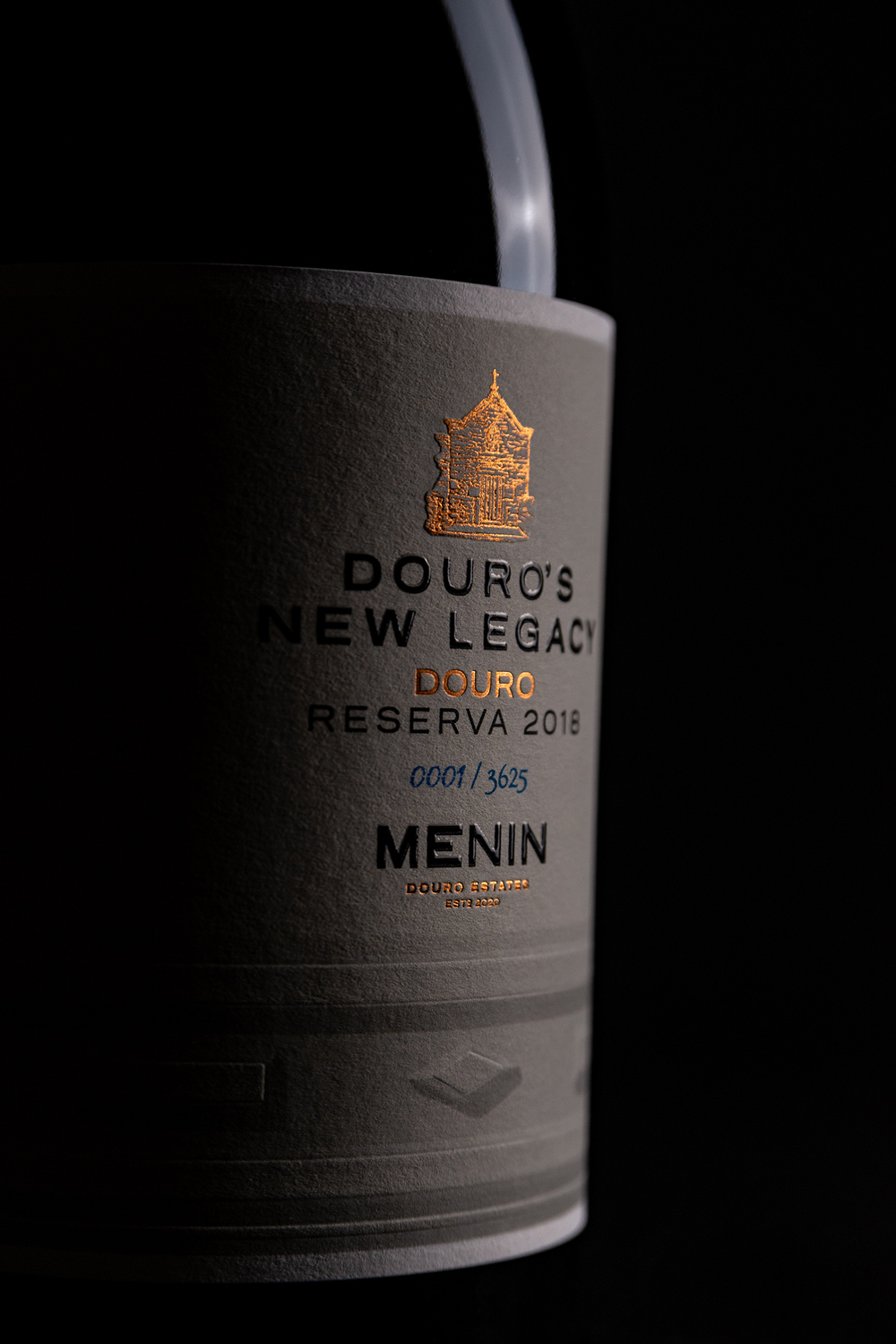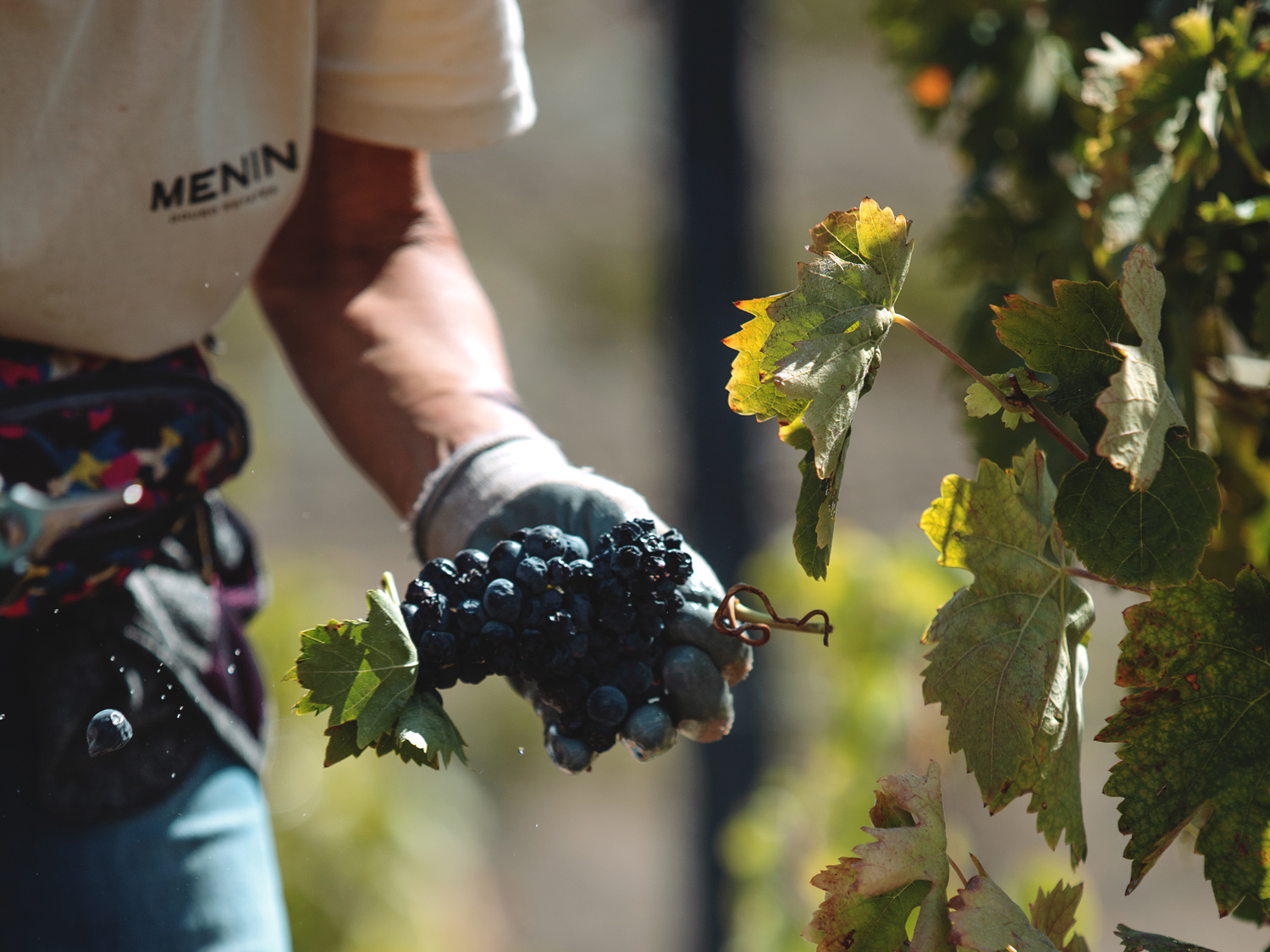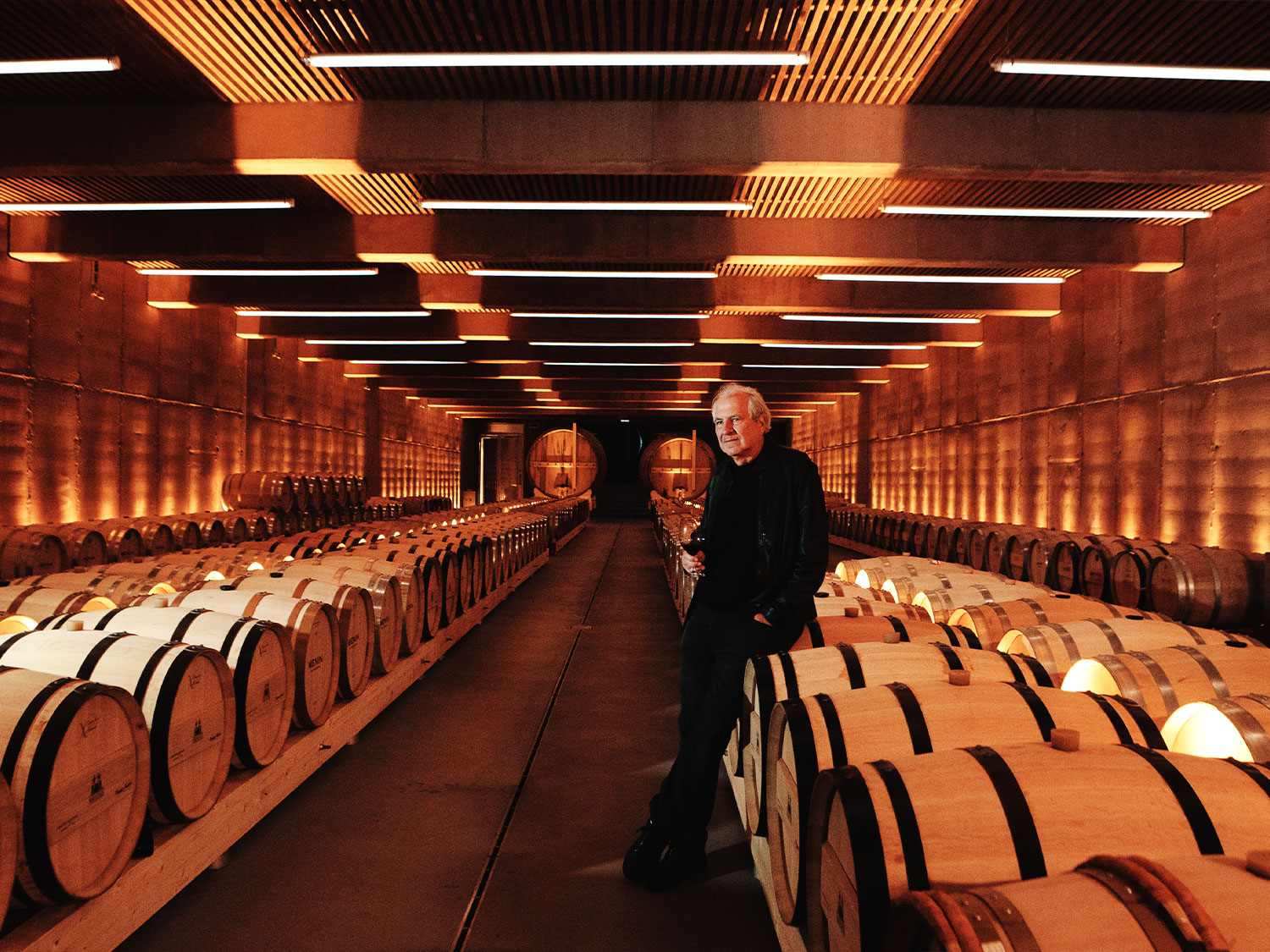Menin Douro Estates
was born from a dream: to produce
great wines from the Douro
and place them around the world.
MENIN, a
tribute
to the Douro


MENIN Douro Estates is an ambitious wine development project with the aim of creating, in the medium term, a portfolio of excellent DOC Douro wines.
Red and white wines, but also ports, in a total production that is expected to reach 400,000 bottles in 2025.
We start from the enormous potential of the Douro, the exceptional quality of its terroir and its inspiring landscapes to produce magnificent wines that honor and promote the historical richness of this region. The largest contiguous area of old vineyards in the Douro is an extra gem, which drives and distinguishes us to fulfil this dream.




The precursor
The passion for Portugal and the Douro on the part of businessman Rubens Menin has been around for a long time. First for family reasons - his grandfather was born in Portugal - and then as an ideal destination for a unique project that aims to strengthen the historical legacy of the Douro.
Rubens Menin, one of the greatest Brazilian businessmen, owner of a vast business portfolio, ranging from the bank to the largest construction company in Latin America, is making a passion that grows every day a reality while at the same time contributing to the development of the region of the Douro.
Rubens Menin
A REGION OF HUGE POTENTIAL,
WITH SO MUCH STILL TO DISCOVER.
Why
the Douro
Why
the Douro


THE FOCUS ON THE PROMOTION
AND DEVELOPMENT OF THE DOURO
While the great wine regions of France, Italy and Spain show maturity with little potential for growth, the Douro still has a long way to go to equal them in recognition and prices. The bifurcation from Port wine to fine table wines is still very recent. However, there’s some exceptional wines and an unrivaled diversity of grape varieties and styles. That is why the development and promotion of the region are two pillars of Menin Douro Estates.
